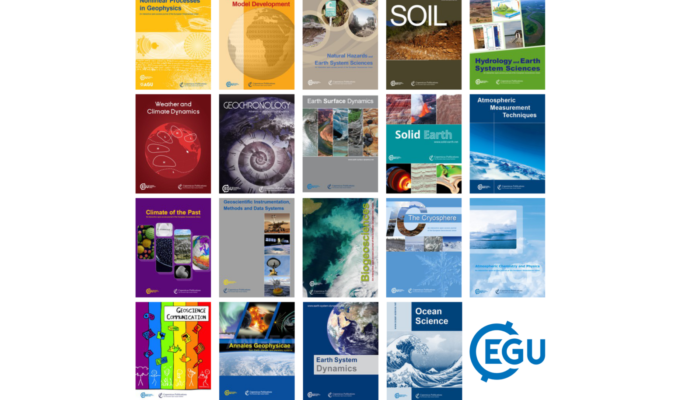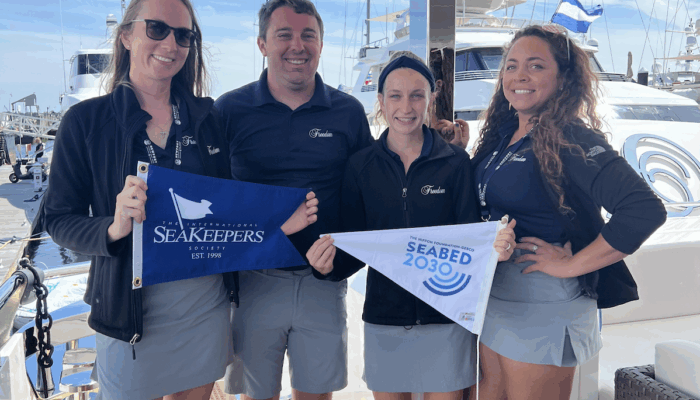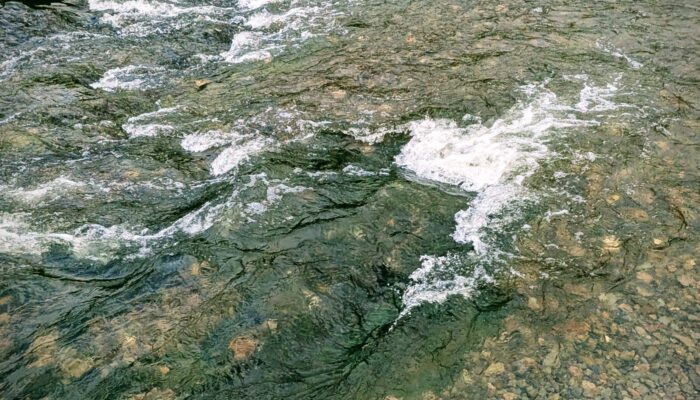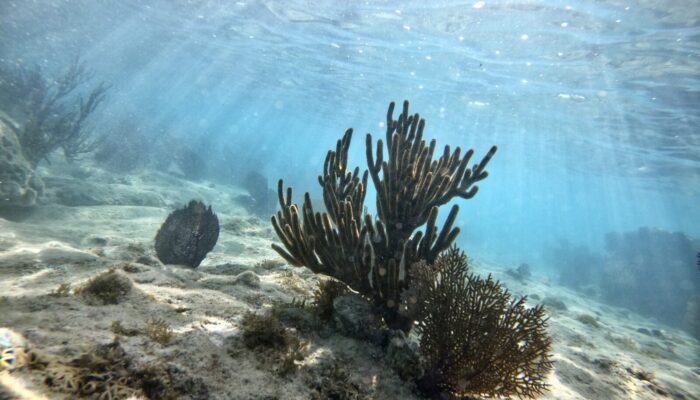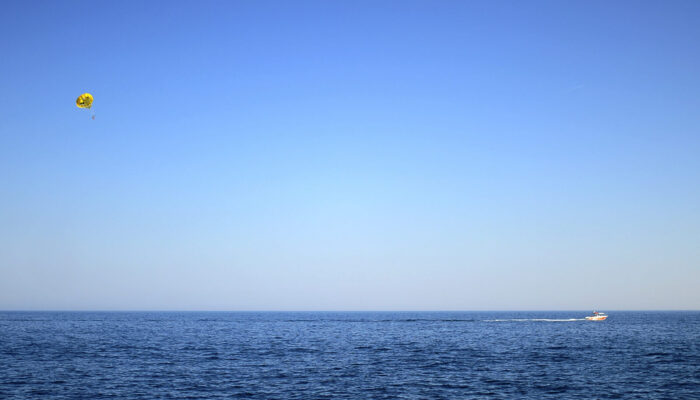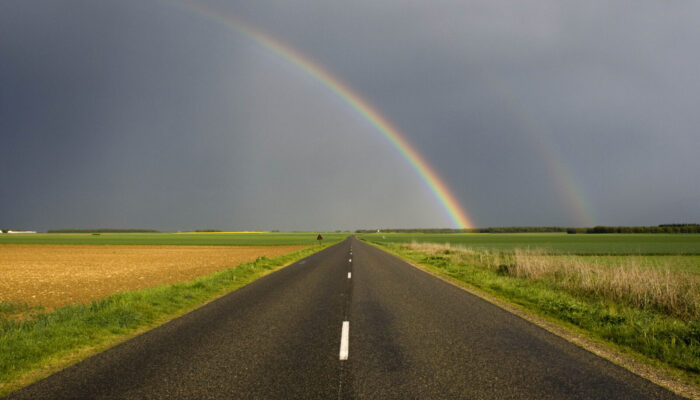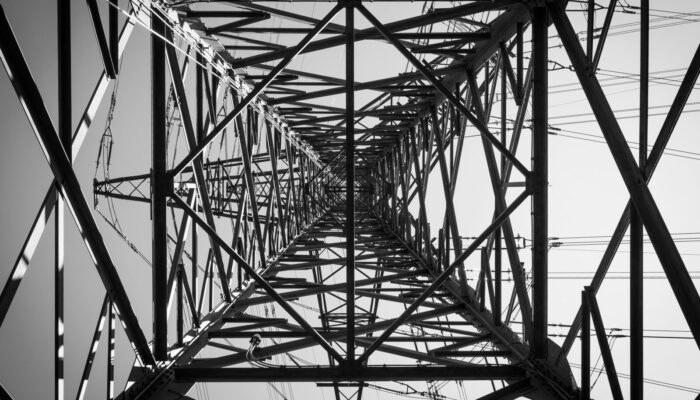Fourty years ago, the movie Back to the Future (1985) revved its DeLorean into some hearts, zipping watchers back to 1955 with a grin and a flux capacitor–fueled paradox. Today we’re not just celebrating that original joyride’s 40th anniversary; we’re strapping in for the wild flight of Part II (1989), the movie that dared to ask, “what if Marty McFly really could hoverboard through 2015?” W ...[Read More]
GeoLog
GeoRoundup: the highlights of EGU Journals published during June!
Each month we feature specific Divisions of EGU and during the monthly GeoRoundup we put the journals that publish science from those Divisions at the top of the Highlights section. During this month, we are featuring Ocean Science and Nonlinear Processes. They are represented by the journals Nonlinear Processes in Geophysics (NPG), Weather and Climate Dynamics (WCD), Ocean Science (OS), and Geosc ...[Read More]
GeoLog
The International SeaKeepers Society Powers NOAA’s Groundbreaking Ocean Mapping Breakthrough for Seabed 2030
In a bold leap toward mapping Earth’s final frontier, the seafloor, The International SeaKeepers Society (SeaKeepers), a global non-profit organisation, is proud to support a historic advancement in this effort. As part of the global Nippon Foundation-GEBCO Seabed 2030 Project, SeaKeepers has been mobilising private yachts through its DISCOVERY Fleet since 2021 to collect vital seafloor data. Sinc ...[Read More]
GeoLog
Trans masculinities, embodied geographies and the River Neath
How do our environments shape who we are? How do we shape them? Most people have a place (or places) that they know or love so deeply it feels inextricable from themselves. A place they keep coming back to over time, maybe even after years of resisting it. For me, it’s the River Neath in South Wales, which rises on the slopes of Fan Gyhirych before winding thirty-one kilometres southeast to the se ...[Read More]
GeoLog
Can seabed mapping help restore our blue planet?
Some humans are racing to map the moon, Mars, and the stars, yet the very ground beneath our oceans remains largely unknown. What does it say about us, that we can chart the craters of distant planets before we bother to understand the seafloor that feeds us, cools us, and regulates our climate? In an age of climate breakdown, ecological collapse, and blue economy buzzwords, the seabed has become ...[Read More]
GeoLog
Surf’s up and so are marine heatwaves! How AI is forewarning the Mediterranean’s ocean sizzle
Imagine you’re standing on a rocky Mediterranean shore, early morning sun warming the air, the sea is calm and glassy. But away from sight and beneath that serene surface, there is a silent storm brewing. Marine heatwaves are sweeping across the basin, warming the water in ways that disrupt ecosystems, hit fisheries, and threaten everything from coral reefs to coastal livelihoods. That’s whe ...[Read More]
GeoLog
Queer Quarterly: LGBTQIA+ Inclusion during fieldwork
It’s pride month and we are delighted to feature a post on queer inclusion in fieldwork written by members of EGU’s pride group. Queer Quarterly is the blog series of the EGU pride group, an LGBTQIA+ team of geoscientists engaged to uphold and improve the rights of the community at EGU. This quarterly post is based on the EGU Webinar Uneven Ground 2 on improving fieldwork accessibility ...[Read More]
GeoLog
Pride Month: support your LGBTQ+ colleagues in science
Imagine this: you are at work, casually discussing your weekend plans with colleagues. One is planning a hike with her husband. Another jokes about meeting his girlfriend’s parents for dinner, nerves barely concealed. Then you mention a date night with your partner. The conversation halts. The atmosphere becomes taut. One of your colleagues makes a swift exit. Later that day, your boss calls you i ...[Read More]
GeoLog
Urban resilience in the age of energy interdependence: Lessons from the 2025 Iberian blackout
On April 28, 2025, the Iberian Peninsula experienced an unprecedented power outage that plunged Spain and Portugal into darkness for hours. This large-scale blackout disrupted daily life for millions and exposed the vulnerabilities inherent in contemporary energy infrastructures. It also highlighted the critical importance of cross-border energy cooperation in mitigating such crises. In a striking ...[Read More]
GeoLog
GeoRoundup: the highlights of EGU Journals published during May!
Each month we feature specific Divisions of EGU and during the monthly GeoRoundup we put the journals that publish science from those Divisions at the top of the Highlights section. During this month, we are not featuring any particular divisions, but instead share the publications of all EGU journals equally. Biogeosciences Cold-water coral mounds are effective carbon sinks in the western Mediter ...[Read More]


